SURGE PROTECTION
Protecting your business from power disturbances should be part of your overall business protection plan – regardless of the size of your operation. Understanding the risks and following the proactive steps can help you improve the operational reliability of your electronic equipment, reduce costly repairs, and prevent loss of data and downtime.
Your surge protection checklist
- Inspect your entire system network regularly to ensure electrical systems are maintained and in good working order.
- Consult experts to determine the best level of protection for your business.
- Conduct a risk assessment of all critical equipment.
- Ensure all equipment is properly grounded.
- Install surge protection for building systems and individual equipment.
- Ensure your surge protector meets the UL/ULC standard 1449. Look for a label indicating it is UL listed as a Transient Surge Voltage Suppressor. The label will also show the "Voltage Protection Rating" of the unit.
- Revisit your protection plan regularly, and whenever you add, upgrade or move equipment.
- Replace existing protective devices with newer ones as protection technology and codes change.
Staying grounded
Your first defense against electrical power is proper grounding equipment, which provides a direct, controlled and low-impedance path for an electrical current to return to earth ground. Electricity will generally follow the path of least resistance, so a single, continuous ground connecting all building systems to a common point is the best way to protect your business against electrical disturbances. Grounding methods are best developed in consultation with a qualified contractor, consulting engineering firm and your local utility as it’s a complex process.
Surge protection devices
There are many types of surge protection devices available varying in both price and effectiveness. Before you install your device, ensure it’s compatible with the equipment you need to protect. An effective way to protect against voltage increases is by connecting a Transient Voltage Surge Suppressor (TVSS) to your critical equipment. The suppressor is activated when a pre-set voltage is reached, absorbing part of the surge energy and diverting it to ground. It acts like a sponge, soaking up the energy of the surge and dissipating it harmlessly. The suppressor is then automatically reset and ready to handle the next surge.
It’s also important to protect electric motors. Install the surge protection as close as possible to the motor terminals – or within the starters or supply switchgear if they are within 100 feet of the motor.
Building surge protection
Type 1 Surge protection devices (SPD) are designed for installation between the meter and the distribution panel.
Type 2 SPDs are designed for installation after the main disconnect.
These devices often fit into a circuit breaker space in the panel. If you have sub panels throughout the building, each could be fitted with one.
Electronic equipment can be protected by standalone units connected to the building power, often in the form of a power bar/with battery backup.
Telephone lines, computer cabling, and coaxial cables (Cable TV, exterior TV antenna, radio communications antennas) also need proper grounding, and surge/lightening protection.
